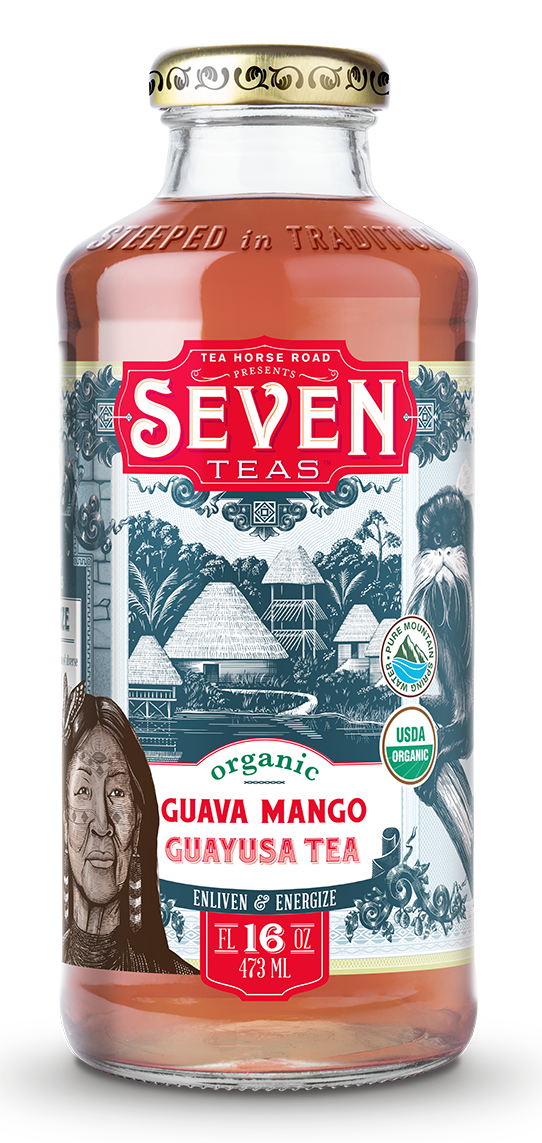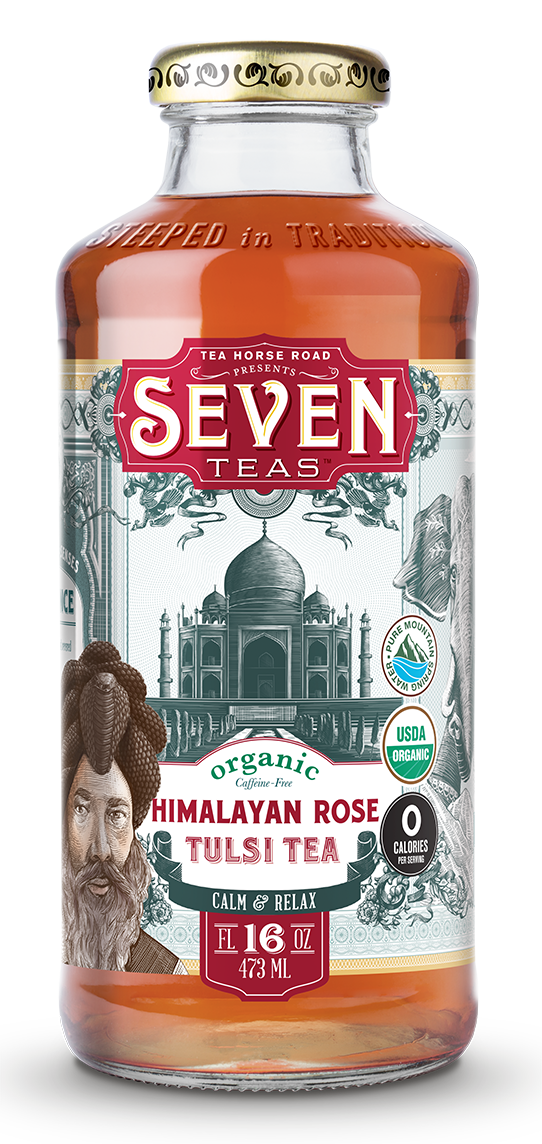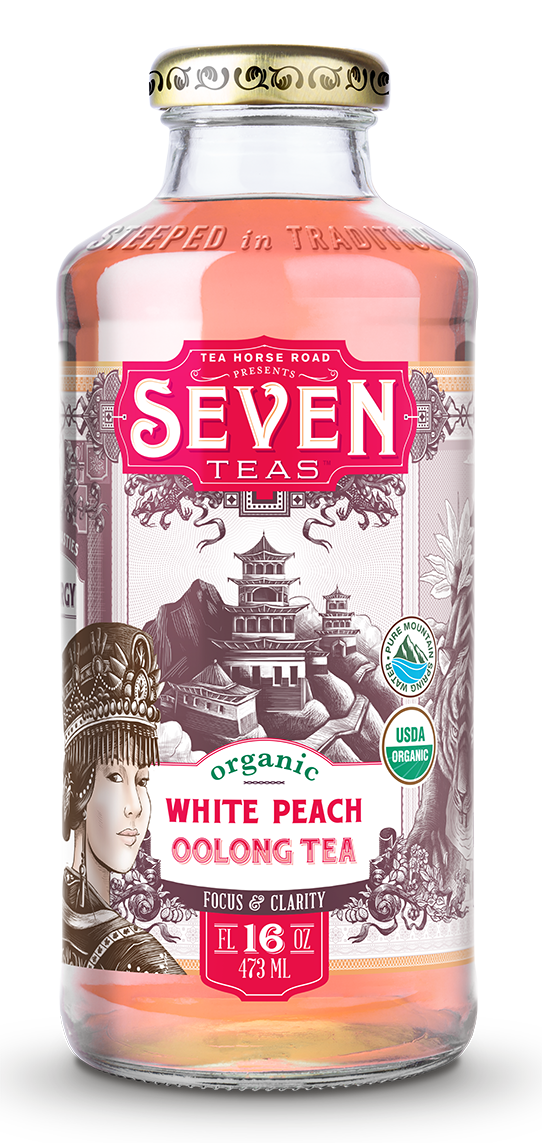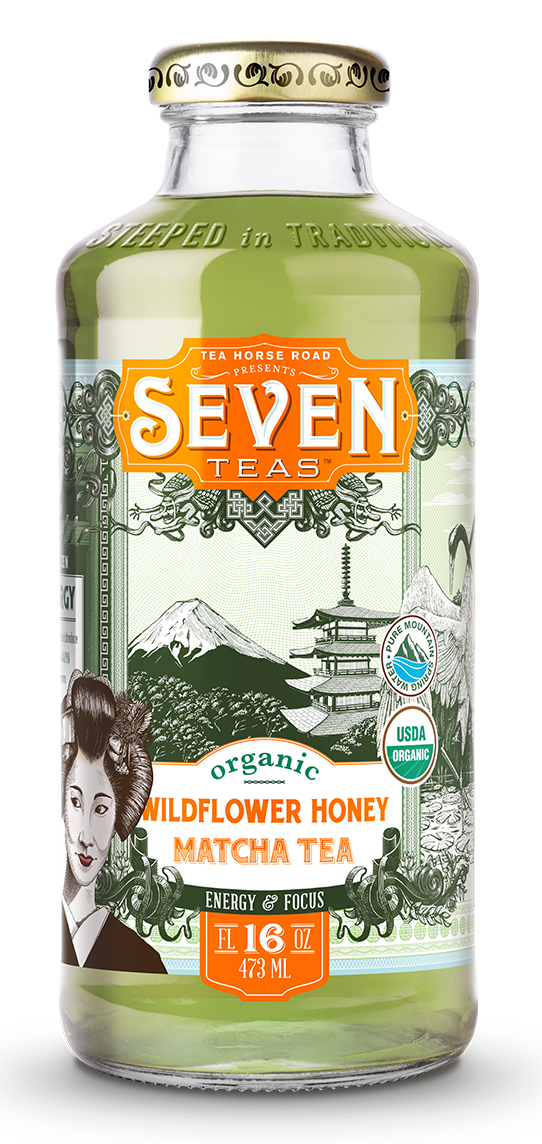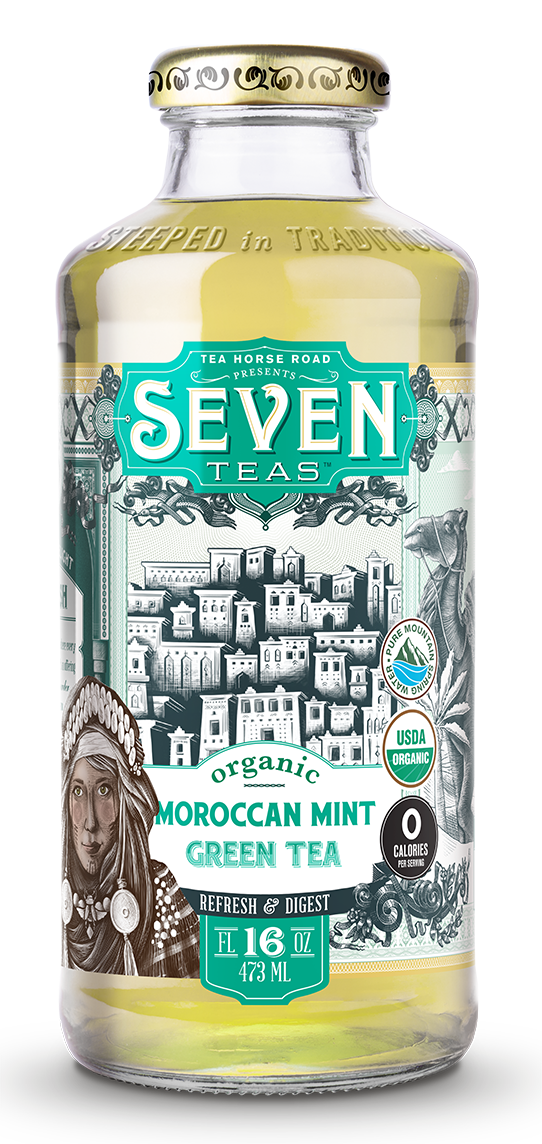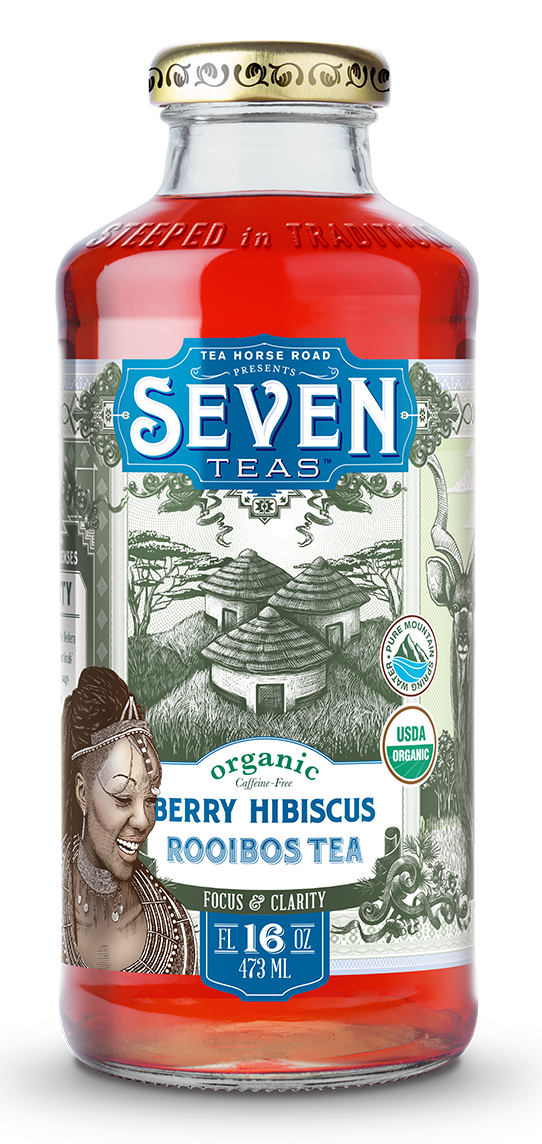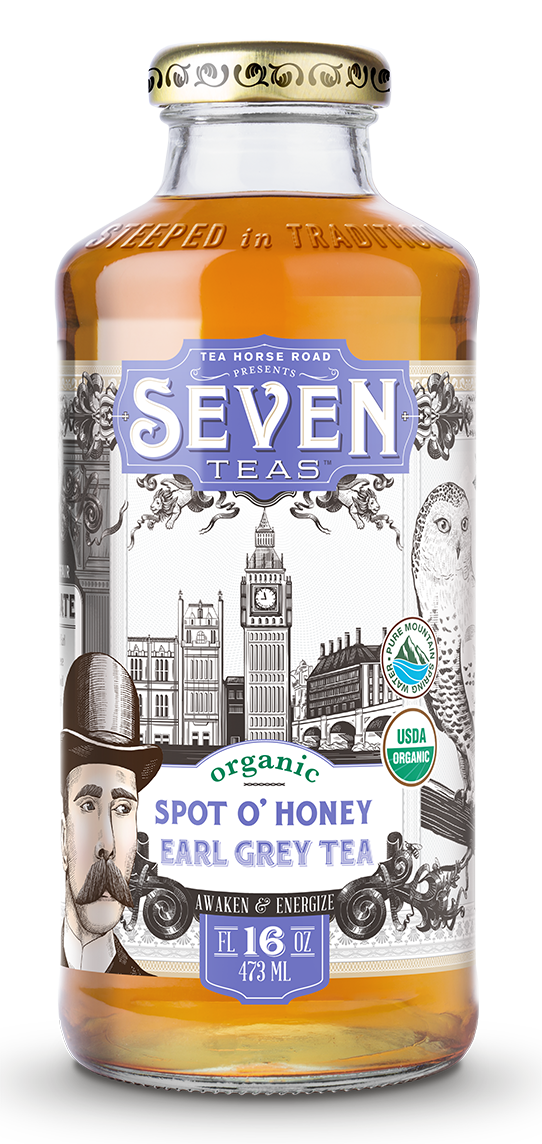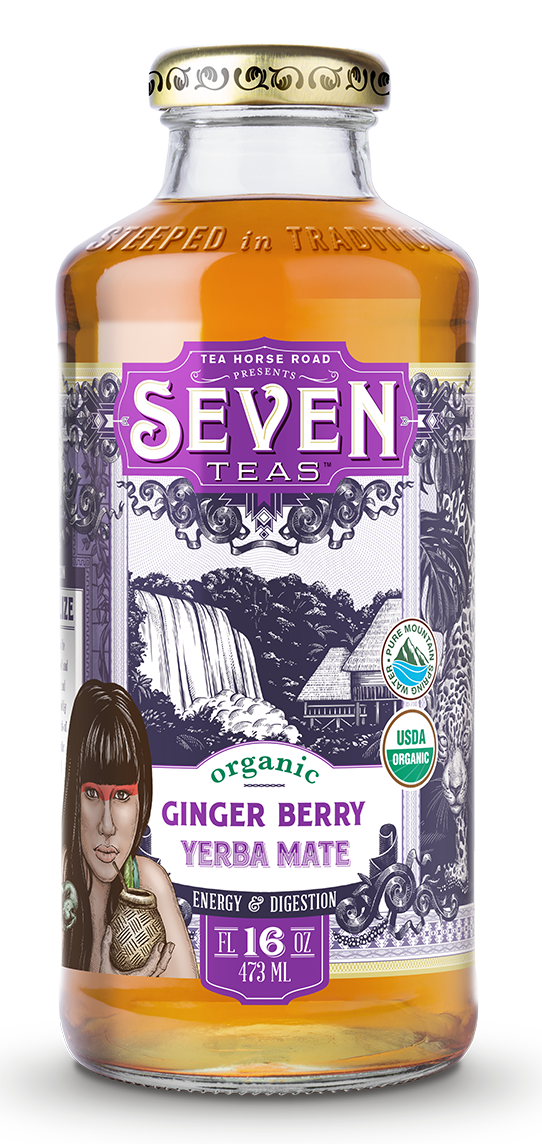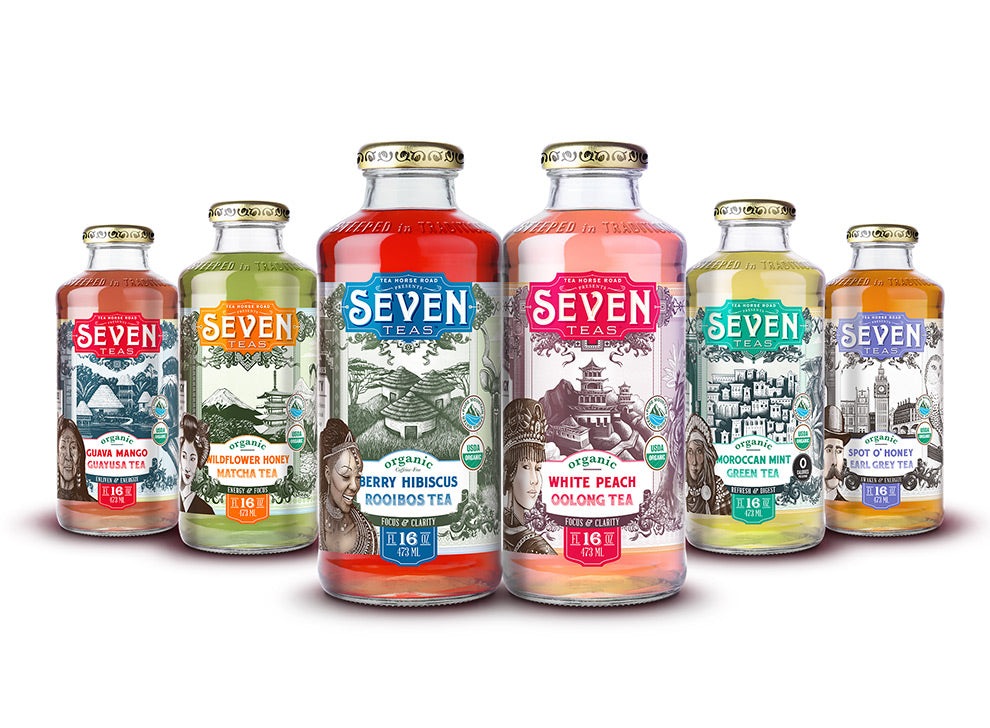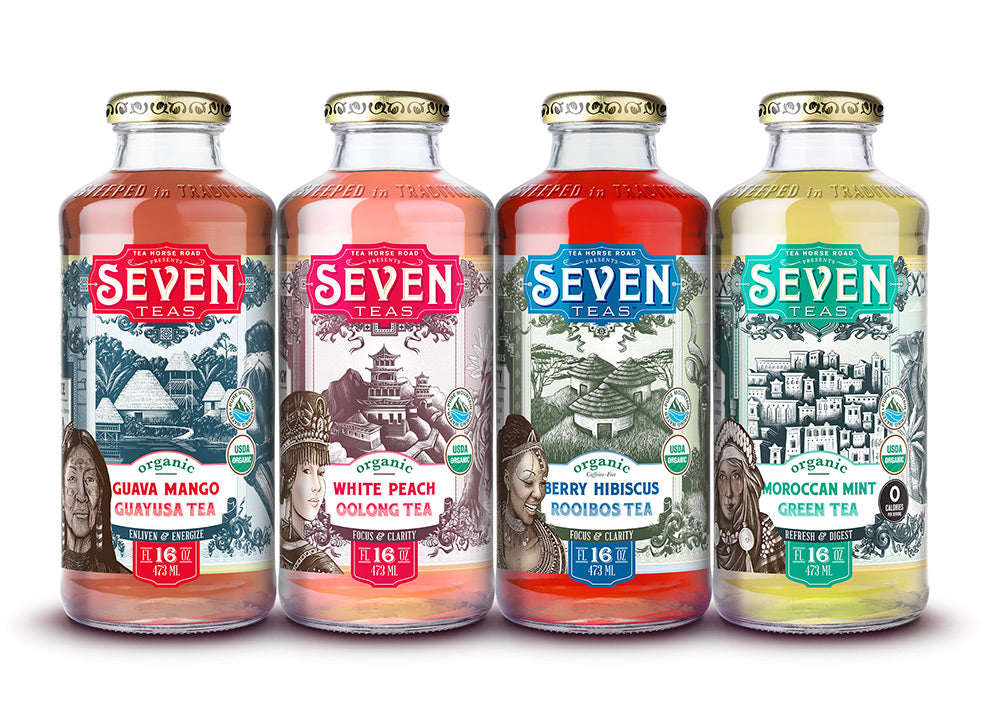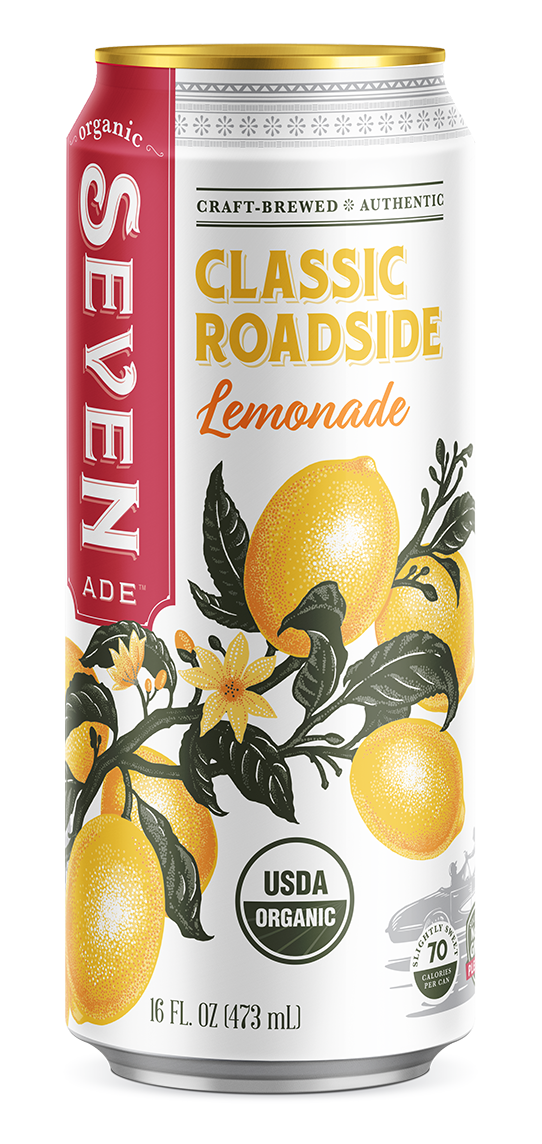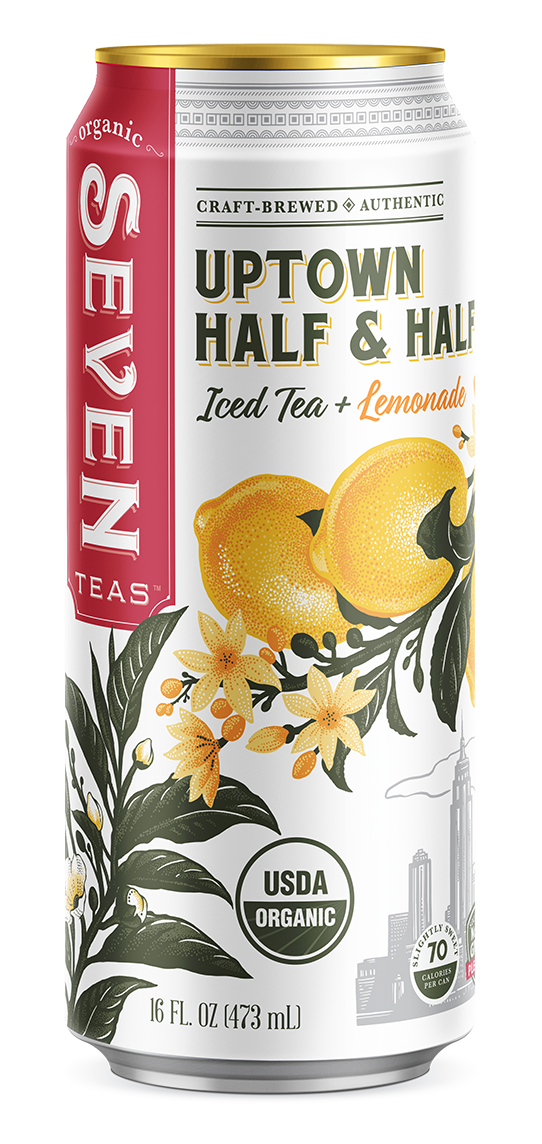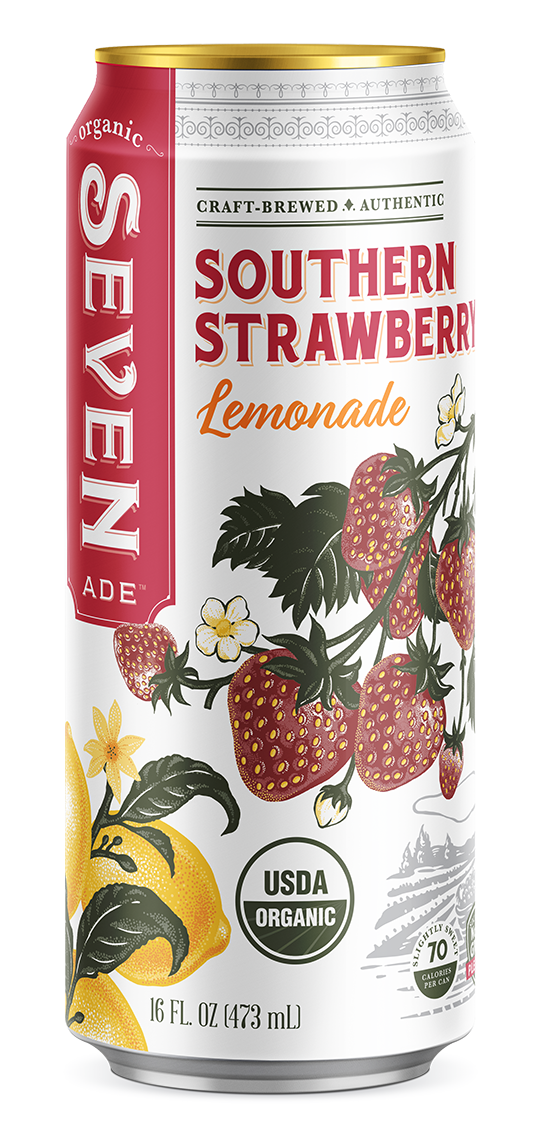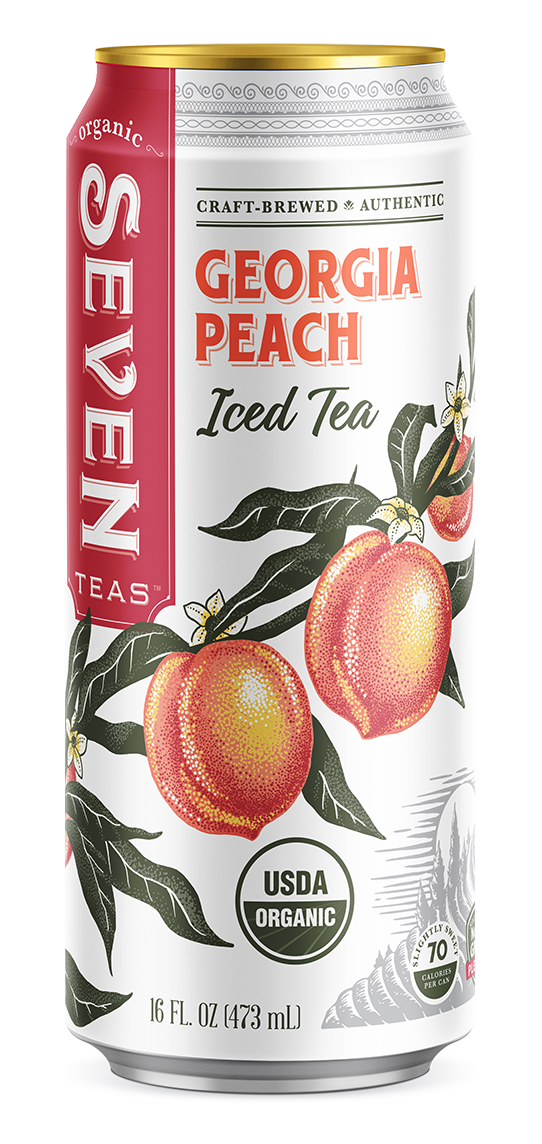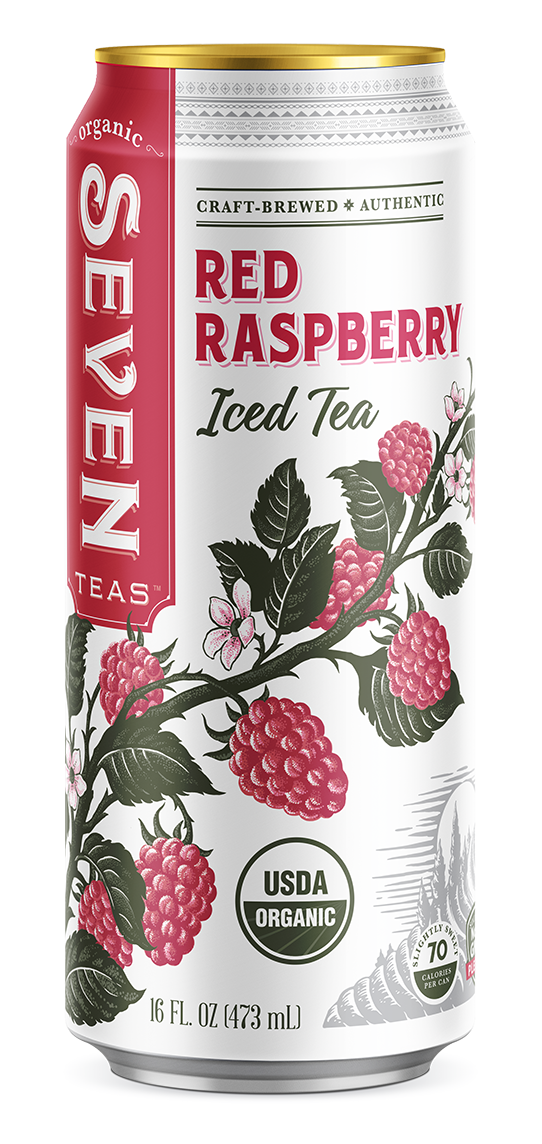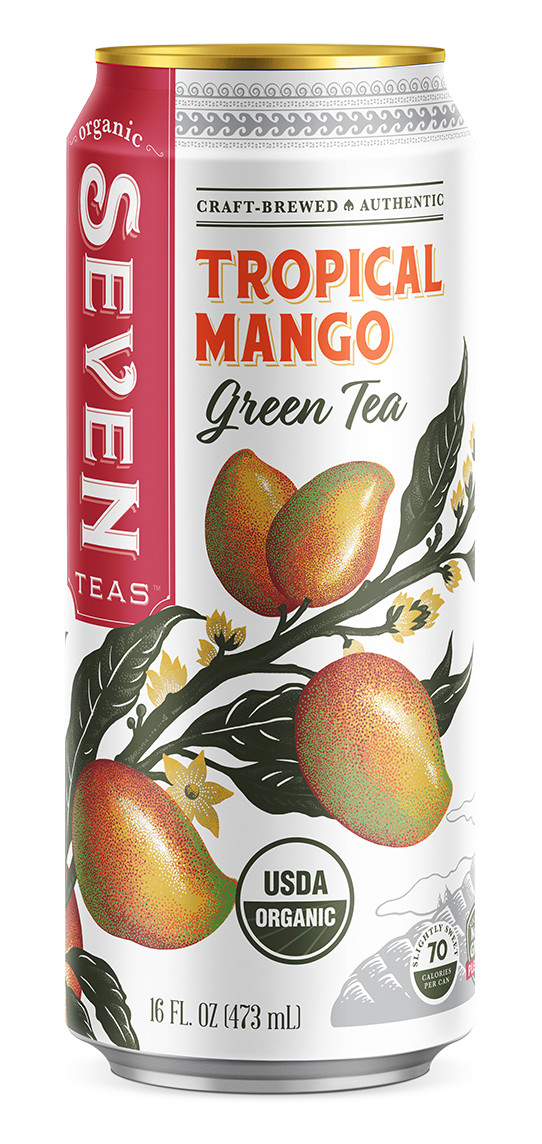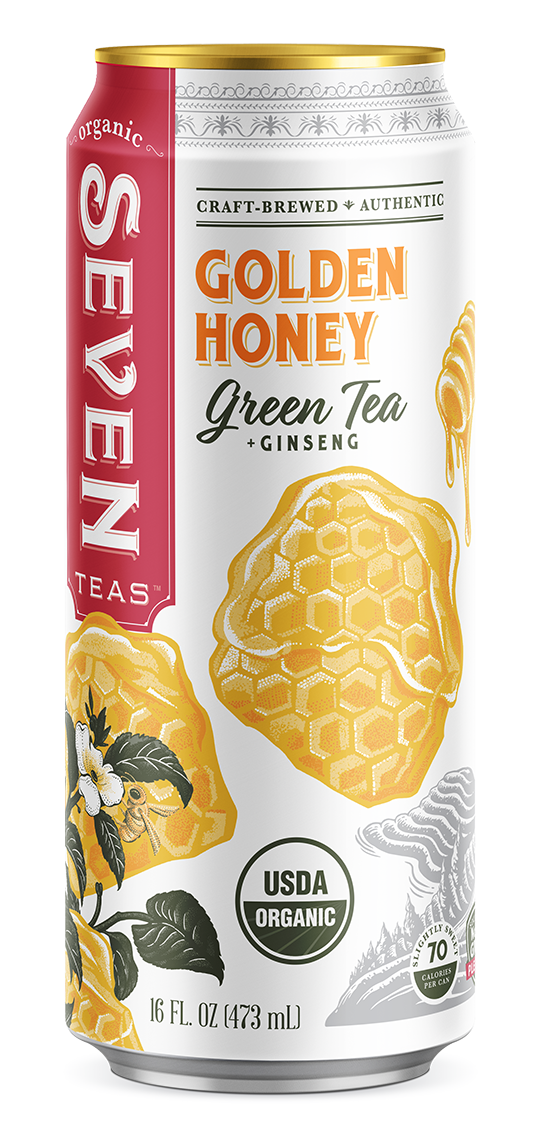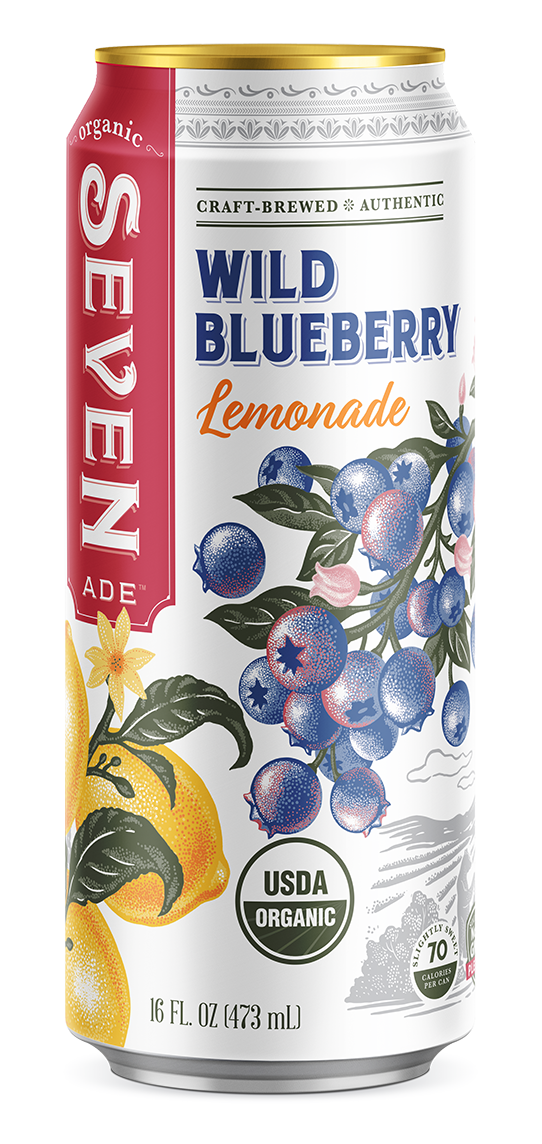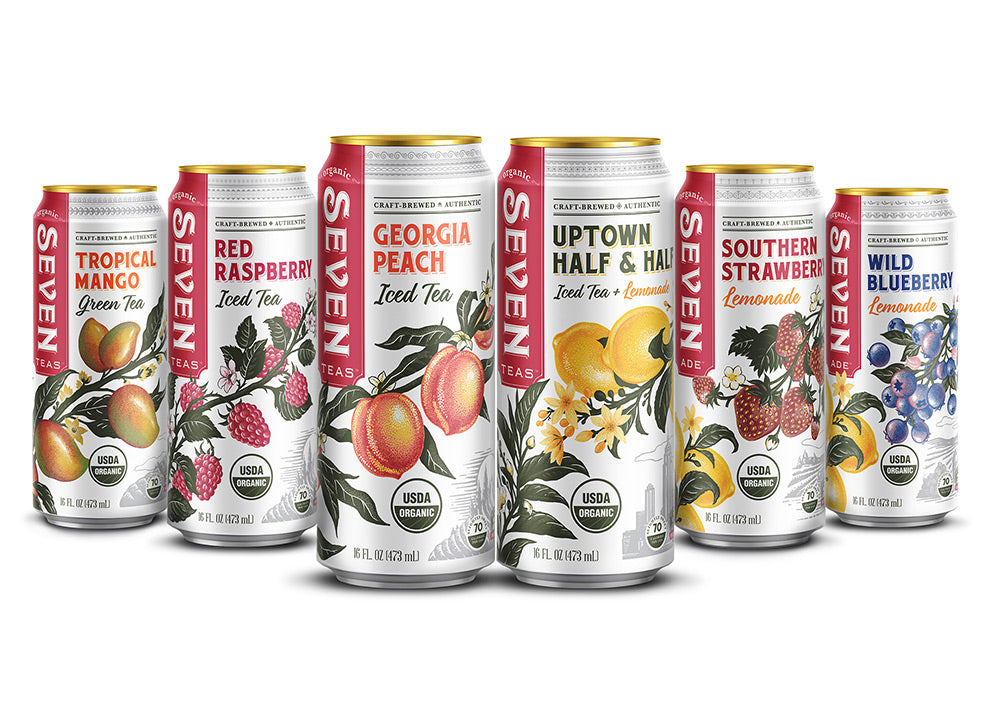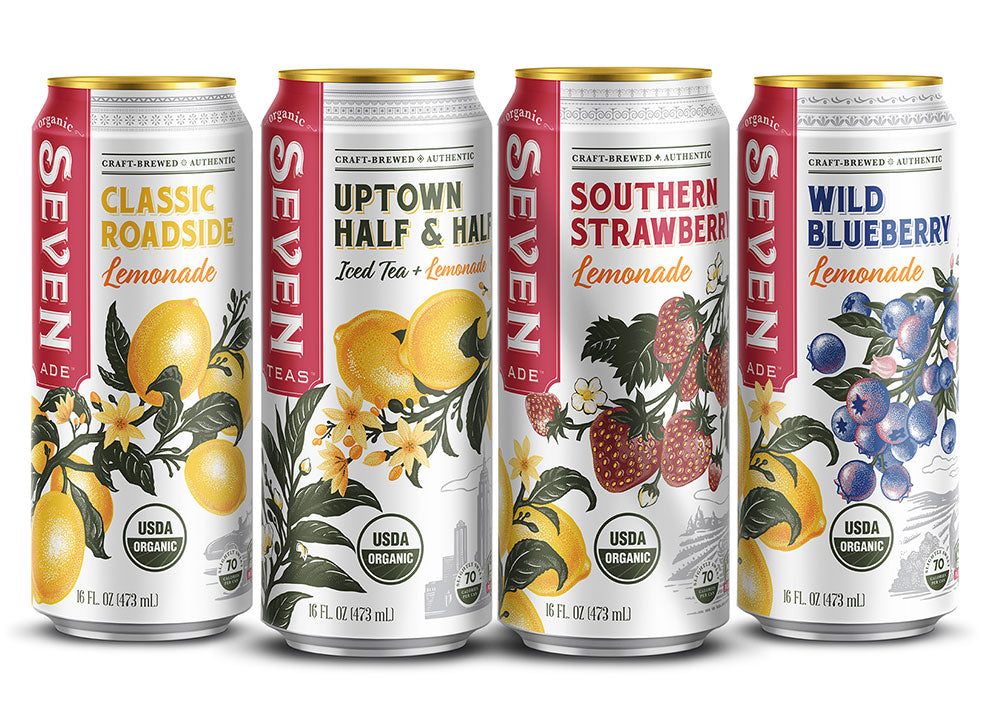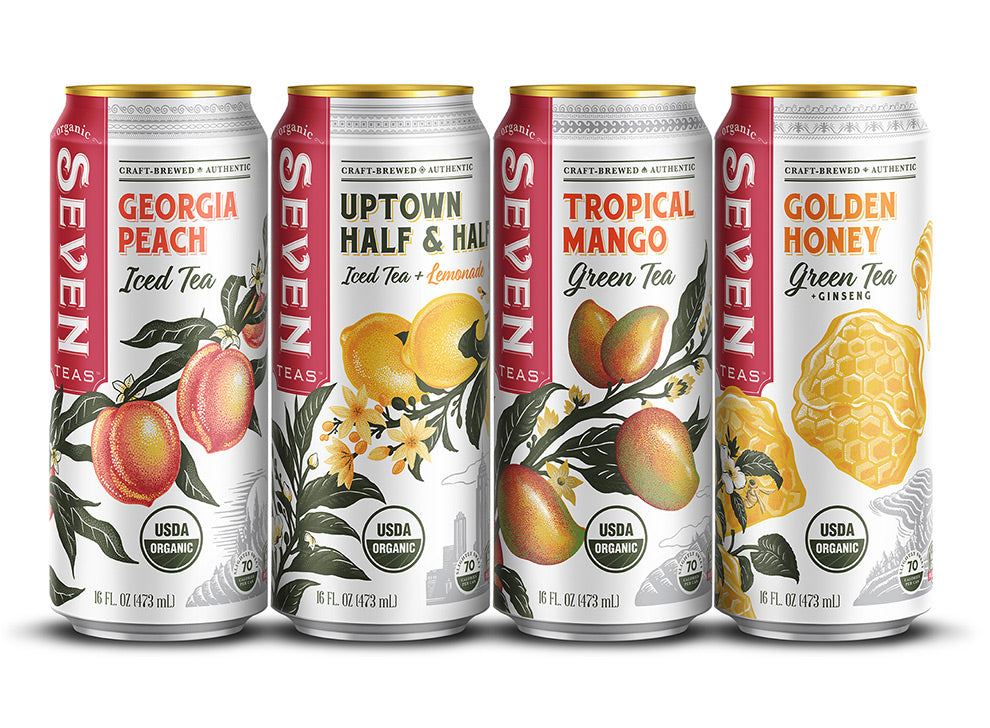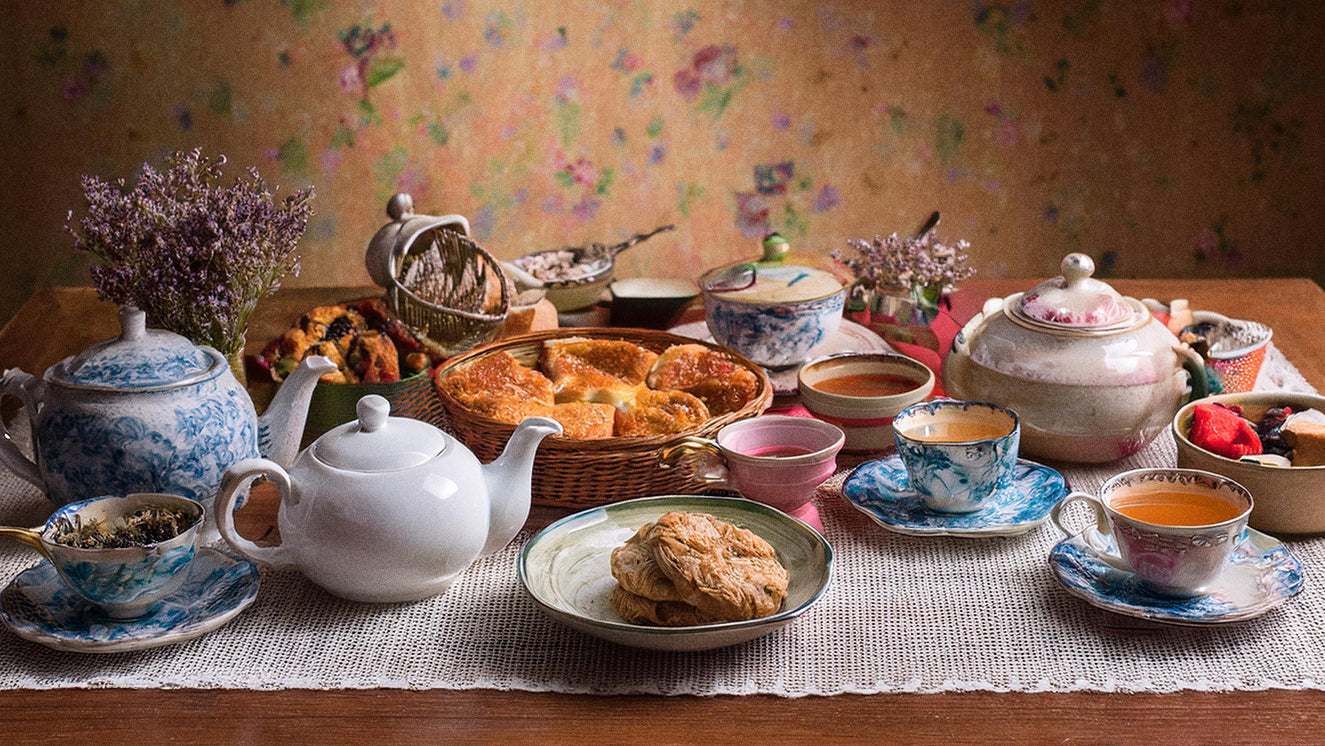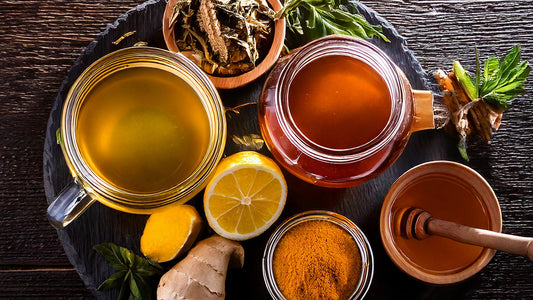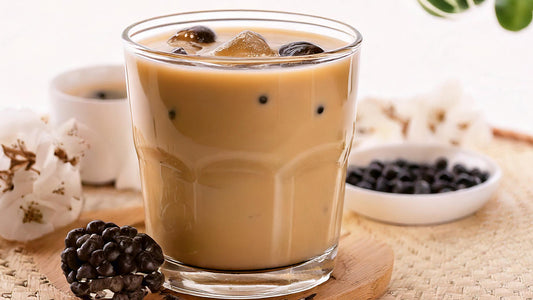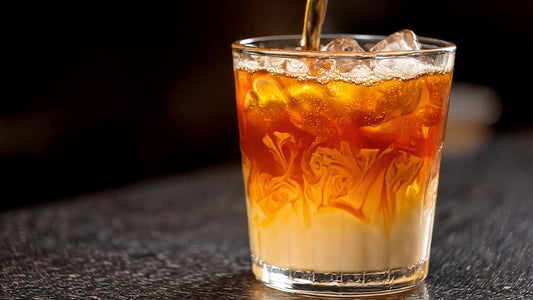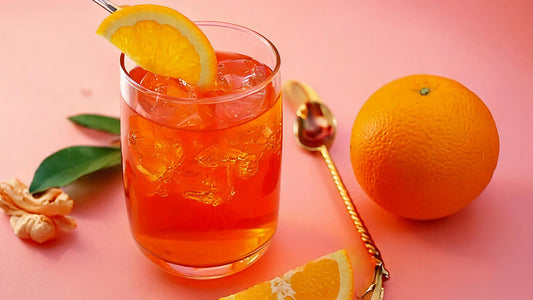
An interesting aspect of tea is the traditions formed around it. In many parts of the world, there are different cultures and rituals that revolve around tea, defining elegance, and social interaction.
One of those traditions is high tea, which appears visually pleasing but actually has a backstory that has transformed society and its norms.
Let’s unravel the charm of high tea, tracing its history, distinguishing it from other tea traditions, and offering practical tips on what to serve and wear. Whether you're a tea enthusiast or a curious learner, this is definitely history that shouldn’t go unnoticed.
What is High Tea?
Contrary to popular belief, high tea isn't the fancy, delicate afternoon affair many imagine. Instead, it originated as a hearty, practical meal for the working class in Britain. High tea is typically served later in the day, around 5:00 to 7:00 PM, and includes a substantial spread of savory dishes alongside tea. The term "high" refers to the high dining table, unlike the low, comfortable lounge chairs associated with afternoon tea.
High Tea is a reflection of the working class’s need for a robust, satisfying meal after a long day of labor. It’s a practical tradition that has evolved over the years but remains rooted in its origins as a meal to refuel and recharge.
The Origin of High Tea
High tea began during Britain’s Industrial Revolution, which was a time of significant societal and economic change. As the working class faced long, laborious hours, they needed a meal that could replenish their energy and keep them going until dinner. This led to the birth of high tea, which is a meal comprised of tea and a proper dinner.
Initially, high tea was more of a necessity than a luxury. It usually includes robust dishes like meat pies, fish, baked beans, cold cuts, and hearty bread. Of course, the tradition evolved over time, incorporating more variety and even some lighter fare, but it remained a substantial meal rather than a fancy snack.
High tea then became a staple in British households in the 19th century, especially among the working class. It provided a necessary break in the day, a time to gather with family and enjoy a filling meal. As time went on, even the middle and upper classes began to appreciate the practicality and comfort of high tea, leading to its wider acceptance and adaptation.
High Tea vs. Afternoon Tea
A lot get confused between high tea and afternoon tea, often interchanging the terms together. But we’re here to make things clearer for you to avoid confusion.
Afternoon tea is a more elegant and lighter affair that’s served between 3:00 to 4:00PM. Anna, the seventh Duchess of Bedford in the 1800s popularized it. One day, she found herself hungry in the late afternoon and started inviting her friends to join her for an assortment of finger sandwiches, scones, pastries, and, of course, tea.
Afternoon tea is typically served on low tables, hence sometimes being referred to as "Low Tea." It became a fashionable social event among the upper class, characterized by its delicate offerings and refined atmosphere. The menu often includes small sandwiches with crusts cut off, scones with clotted cream and jam, and an array of dainty pastries.
On the other hand, high tea was more for the working-class sector. While it has adopted some of the elegance of afternoon tea over time, its roots remain in hearty, filling foods served at a high table. High tea might include more robust sandwiches, savory pies, and other dishes designed to satisfy hunger after a long day's work.
What to Serve at High Tea
If you’re looking to host your own high tea with your friends, a proper menu is both diverse and filling which strikes a balance between savory and sweet. Below are the essentials of a high tea meal:
Savory Dishes
- Meat Pies and Quiches: These are classic high tea staples. Mini pies or slices of quiche make for perfect servings.
- Sandwiches: Unlike the delicate finger sandwiches of afternoon tea, high tea sandwiches can be more substantial. Think ham and cheese, chicken salad, or egg and cress.
- Cold Cuts and Cheese: A selection of cold meats and cheeses adds variety and heartiness.
- Sausage Rolls and Scotch Eggs: These traditional British snacks are both satisfying and delicious.
Sweet Treats
- Scones with Clotted Cream and Jam: A crossover from Afternoon Tea, scones are a must-have, providing a sweet contrast to the savory items.
- Cakes and Pastries: Include a variety of small cakes and pastries, such as Victoria sponges, fruit tarts, or eclairs.
- Biscuits and Cookies: A selection of traditional British biscuits and cookies goes well with the tea.
Beverages
- Tea: You can’t have high tea without the tea. It’s the centerpiece of the meal. Go for black teas, like Earl Grey or English Breakfast, as well as herbal and green teas.
- Other Drinks: For a more modern twist, you can include coffee, hot chocolate, or even a glass of wine or beer.
There’s versatility when it comes to planning your own high tea menu, allowing you to cater to different tastes and preferences while maintaining the meal’s hearty nature.
What to Wear at High Tea
Initially, high tea started out as a casual and practical meal. Throughout time it has evolved into an occasion that calls for a touch of elegance. Here are some suggestions on what to wear:
For Women
- Opt for a smart casual dress or a skirt and blouse combination. Light fabrics and floral prints add a dainty touch.
- Consider adding a hat or fascinator for a traditional touch, especially if the event is more formal.
- Choose comfortable yet stylish shoes, like ballet flats or low heels.
For Men
- A pair of dress trousers or chinos paired with a button-down shirt works perfectly.
- Adding a blazer can elevate the look, making it suitable for more formal High Tea settings.
- Smart shoes, like loafers or brogues, are ideal.
The key is balance, comfort, and sophistication, ensuring you feel at ease while maintaining a polished appearance.
Final Thoughts
High tea is a delightful tradition that shaped the history of Britain, marrying the practicality of a hearty meal with the elegance of tea culture. What was once loved by the working-class is not enjoyed by all.
Whether you’re hosting a high tea or attending one, understanding its history and customs enriches the experience.
From the substantial menu to the thoughtful attire, every element of High Tea contributes to its unique appeal. So next time you sip on a cup of tea in the late afternoon or early evening, remember the rich history and cultural significance behind this cherished tradition. Enjoy the hearty food, the warm company, and the timeless elegance that high tea offers.
Don’t have time for high tea and looking for a refreshing beverage on the go? Check out our selection of high-quality, organic, and sustainable teas to quench your thirst!
